If you're eyeing a wheelset or frame upgrade, you’ve likely heard about “Boost” hubs. But is this wider hub standard (110x15mm front, 148x12mm rear) worth the investment?
What is Hub Boost?
Boost spacing increases hub width, allowing for stiffer wheels and better tire clearance. Developed for mountain biking, it enhances control on technical terrain by improving spoke bracing angles and reducing flex.
Benefits of Boost Hubs
Stiffer Wheels: Better power transfer and handling, especially during aggressive cornering or descents.
Wider Tires: Accommodates modern, plus-sized tires (2.6”+), improving traction and comfort.
Future-Proofing: Most new MTB frames and forks prioritize Boost compatibility.
When Do You Need It?
Aggressive Trail/Enduro Riding: If you’re tackling rocky descents or high-speed singletrack, Boost’s stiffness is a game-changer.
Upgrading Your Frame/Fork: Newer models often require Boost hubs. Check compatibility before purchasing.
Running Wide Tires: Boost spacing prevents chainstay rub on larger tires.
Considerations
Cost: Upgrading may require new hubs, wheels, or even a frame. The Trifox M821 offers a durable, lightweight option at a competitive price.
Compatibility: Non-Boost frames won’t fit Boost hubs without adapters (which add weight and complexity).
Riding Style: Casual riders on smooth trails may not notice a difference.
If you're into technical riding or planning a frame upgrade, Boost hubs are worth it. The stiffness and tire clearance benefits shine on rough terrain. For others, it’s a “nice-to-have” but not essential.
Ready to boost your ride? Explore the Trifox M821 Boost Hub—engineered for durability and performance without breaking the bank.
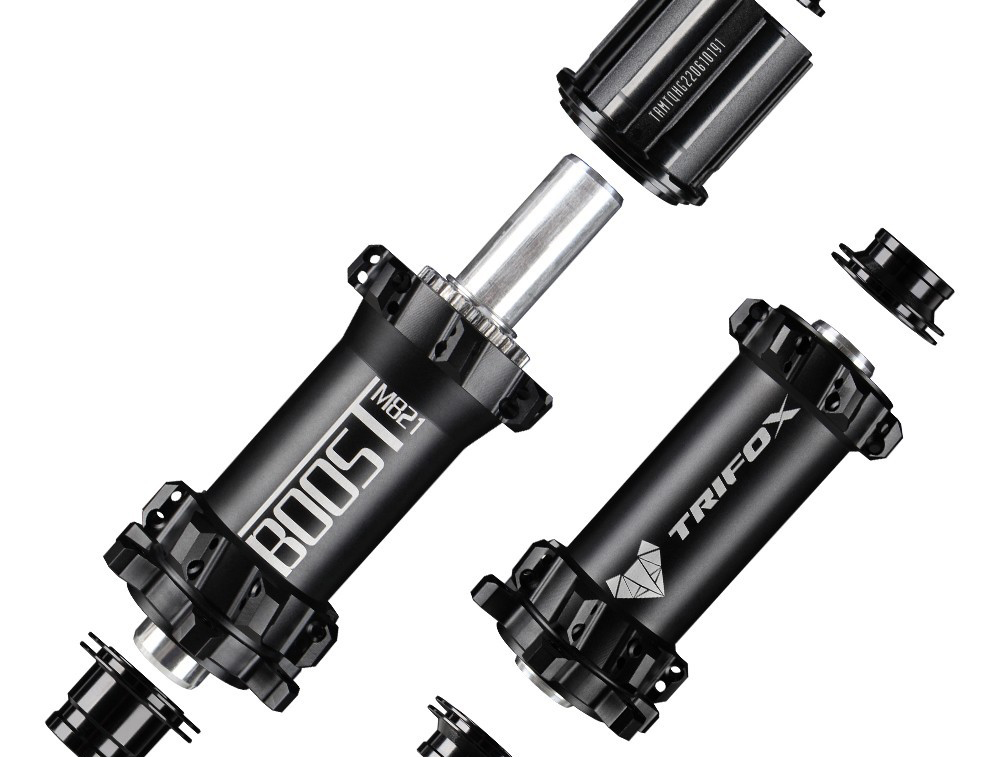
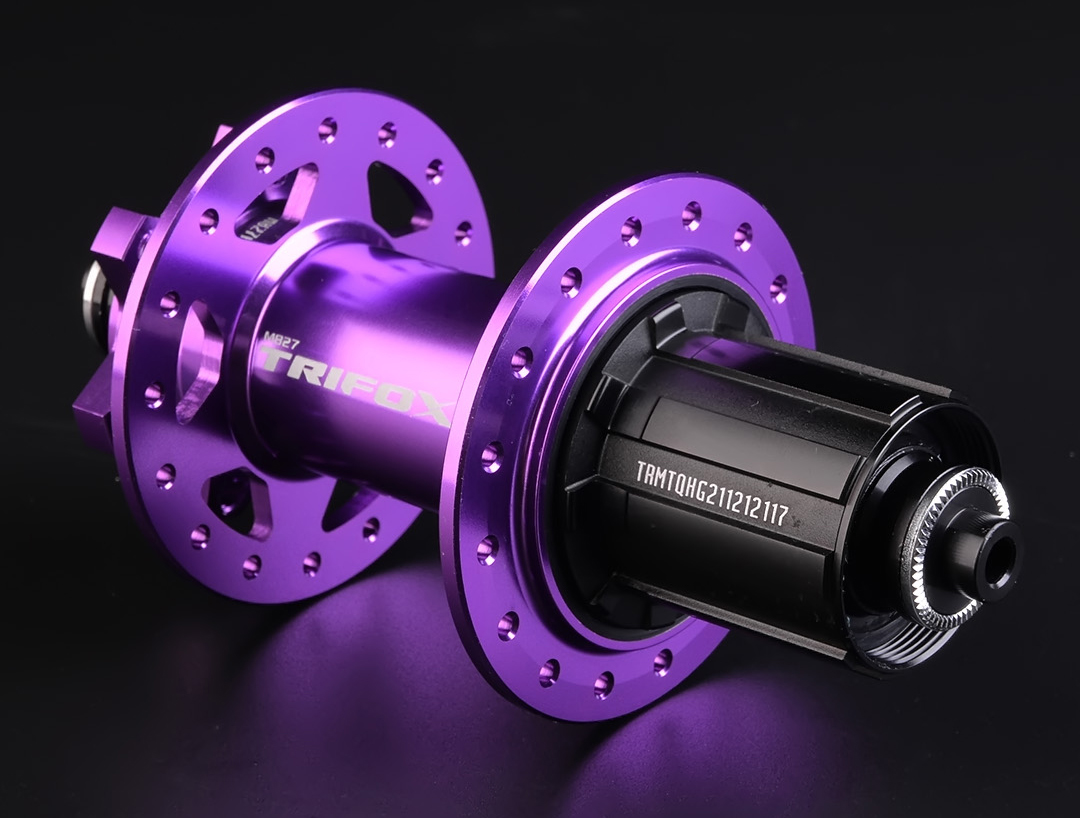
A smooth-rolling hub is critical for peak mountain bike performance. A faulty hub can lead to poor efficiency, safety risks, or even wheel failure. Here’s how to diagnose a bad MTB hub and when to consider a replacement like the Trifox M827.
Signs of a Failing Hub
1. Unusual Noises: Grinding, clicking, or rumbling sounds while pedaling or coasting often indicate damaged bearings or debris inside the hub.
2. Wheel Play: Grasp the wheel and wiggle it side-to-side. If there’s noticeable movement, the hub bearings may be loose or worn.
3. Rough Spinning: Remove the wheel and spin the axle. A healthy hub rotates smoothly. Resistance or gritty sensations suggest dirt ingress, dried grease, or bearing wear.
4. Visible Damage: Check for cracks, dents, or corrosion on the hub shell. Seals that are cracked or missing can allow contaminants to wreck bearings.
How to Diagnose
Step 1: Lift the bike and spin the wheel. Listen for noise and observe wobble.
Step 2: Check for lateral play by shaking the wheel.
Step 3: Remove the axle (if possible) to inspect bearings and races for pitting or rust.
Solutions
-Service the Hub: Clean, regrease, and adjust bearings. Replace individual parts if only certain components are damaged.
-Replace the Hub: If the hub shell is cracked or bearings are beyond repair, upgrade to a reliable model like the Trifox M827.
Why the Trifox M827?
This MTB hub is built for durability and precision:
- Sealed Bearings: Resists mud and water ingress.
- Smooth Engagement: 3-pawl design offers instant power transfer.
- Lightweight: CNC-machined alloy body reduces rotational weight.
- Boost Compatibility: Fits modern 148x12mm frames for trail-ready stiffness.
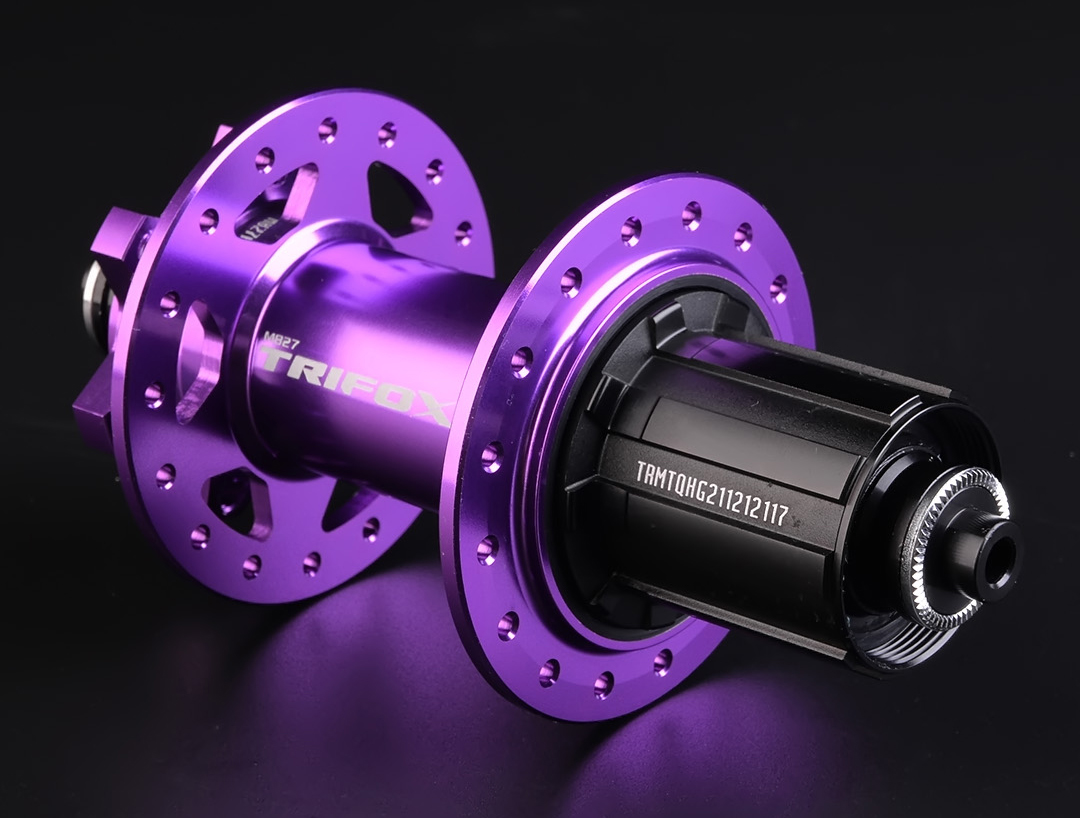
Ignoring hub issues risks ride quality and safety. Regular maintenance extends lifespan, but when replacements are due, the Trifox M827 delivers performance without breaking the bank. Don’t let a bad hub derail your ride—proactive checks keep your wheels rolling strong.
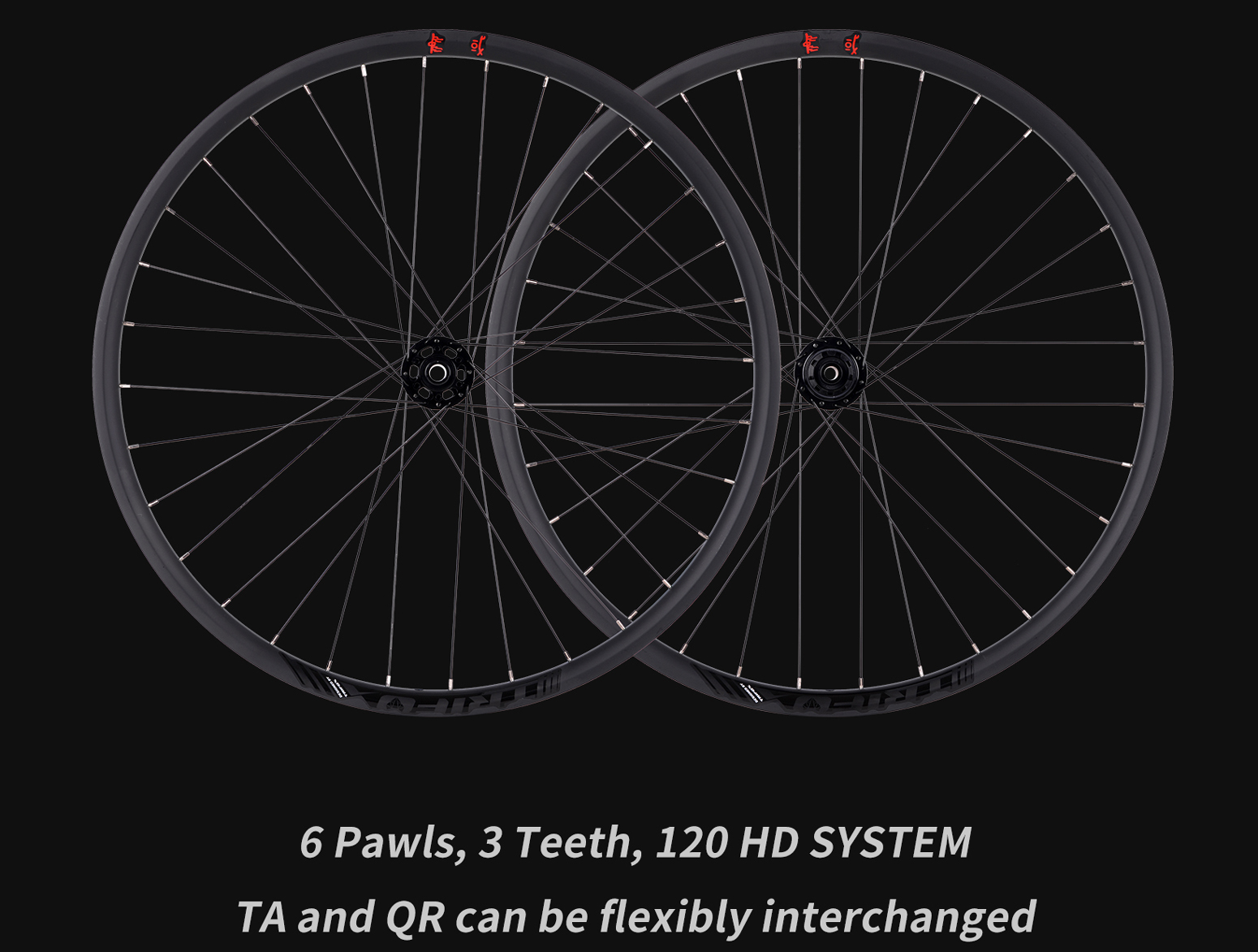
When it comes to cycling, every component of your bike plays a role in your overall experience, but few parts are as critical as the wheels. Bicycle wheels are not just round frames that keep you moving—they are the foundation of your ride, influencing everything from speed and efficiency to comfort and safety. So, are bicycle wheels important? Absolutely. Here’s why.
The Foundation of Motion
Bicycle wheels are the primary point of contact between your bike and the ground. They bear the weight of the rider, absorb shocks from the road, and transfer your pedaling power into forward motion. Without well-functioning wheels, your bike simply wouldn’t move efficiently—or at all. The design, material, and condition of your wheels directly impact how smoothly and quickly you can ride.
Speed and Efficiency
High-quality wheels can significantly improve your bike’s performance. Lightweight wheels, often made from materials like aluminum or carbon fiber, reduce rotational mass, making it easier to accelerate and maintain speed. Aerodynamic wheel designs further enhance efficiency by cutting through the air with minimal resistance. For competitive cyclists, investing in premium wheels can mean the difference between winning and losing a race.
Comfort and Stability
Wheels also play a key role in ride comfort. Larger wheels, such as those found on road bikes or hybrids, roll more smoothly over bumps and cracks, providing a more comfortable experience. The tires mounted on the wheels also contribute to comfort, but the wheel’s ability to maintain its shape and absorb vibrations is equally important. Properly tensioned spokes and a true (straight) wheel ensure stability, reducing wobbling and making the bike easier to control.
Safety and Durability
Your safety on the bike depends heavily on the condition of your wheels. A damaged or improperly maintained wheel can fail unexpectedly, leading to accidents. Regularly checking for issues like loose spokes, cracks, or dents in the rim is essential. Additionally, wheels designed for specific terrains—such as wider, sturdier wheels for mountain biking—provide better traction and durability, reducing the risk of slips or mechanical failures.
Customization and Versatility
Bicycle wheels are highly customizable, allowing riders to tailor their bikes to specific needs. Whether you’re looking for lightweight wheels for racing, robust wheels for off-roading, or puncture-resistant tires for commuting, the right wheels can transform your ride. Swapping out wheels can even change the entire feel of your bike, making it more versatile for different types of cycling.
Bicycle wheels are far more than just circular frames—they are the heart of your bike’s performance. From speed and efficiency to comfort and safety, wheels influence every aspect of your ride. Investing in high-quality wheels and maintaining them properly ensures a smoother, faster, and safer cycling experience. So, the next time you’re out for a ride, take a moment to appreciate your wheels—they’re doing the heavy lifting to keep you moving forward!
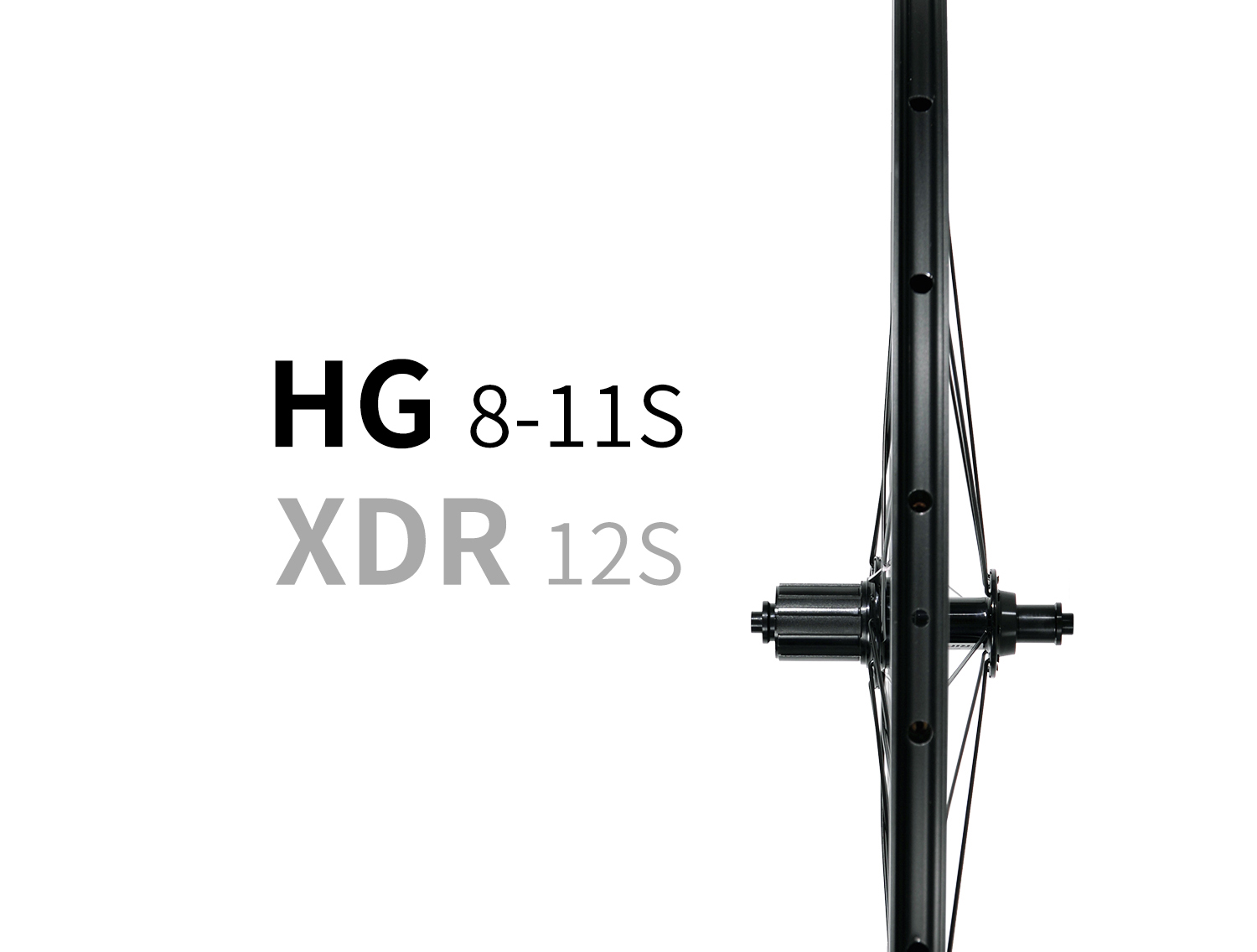
When it comes to road cycling, selecting the right tires can significantly impact your speed, grip, and overall performance. Whether you're racing, training, or commuting, the right combination of tire width, tread, and pressure can make all the difference. Here’s how to choose the best road bike tires for optimal speed and grip.
1. Tire Width: Narrow vs. Wide
Narrow tires (23mm-25mm): Traditionally used for racing due to their low rolling resistance and aerodynamic advantage. Ideal for smooth roads and high-speed riding.
Wider tires (28mm-32mm+): Gaining popularity for their better grip, comfort, and ability to absorb road vibrations. Wider tires provide more contact with the ground, improving traction and cornering stability.
- For a balance of speed and grip, 25mm-28mm tires are a great all-around choice.
2. Tread and Rubber Compound
Slick tires offer the lowest rolling resistance, making them perfect for smooth asphalt and racing conditions.
Lightly treaded or all-weather tires provide extra grip on wet or uneven roads, offering better control in various conditions.
Higher-quality rubber compounds improve traction without compromising speed. Look for dual-compound tires that combine a harder center for low rolling resistance and softer edges for better cornering grip.
3. Tire Pressure: Finding the Sweet Spot
High pressure (90-120 PSI) decreases rolling resistance but can make the ride harsher and reduce grip.
Lower pressure (60-90 PSI) enhances comfort, grip, and traction, especially in wet conditions.
- The ideal pressure depends on your weight, tire width, and road conditions.
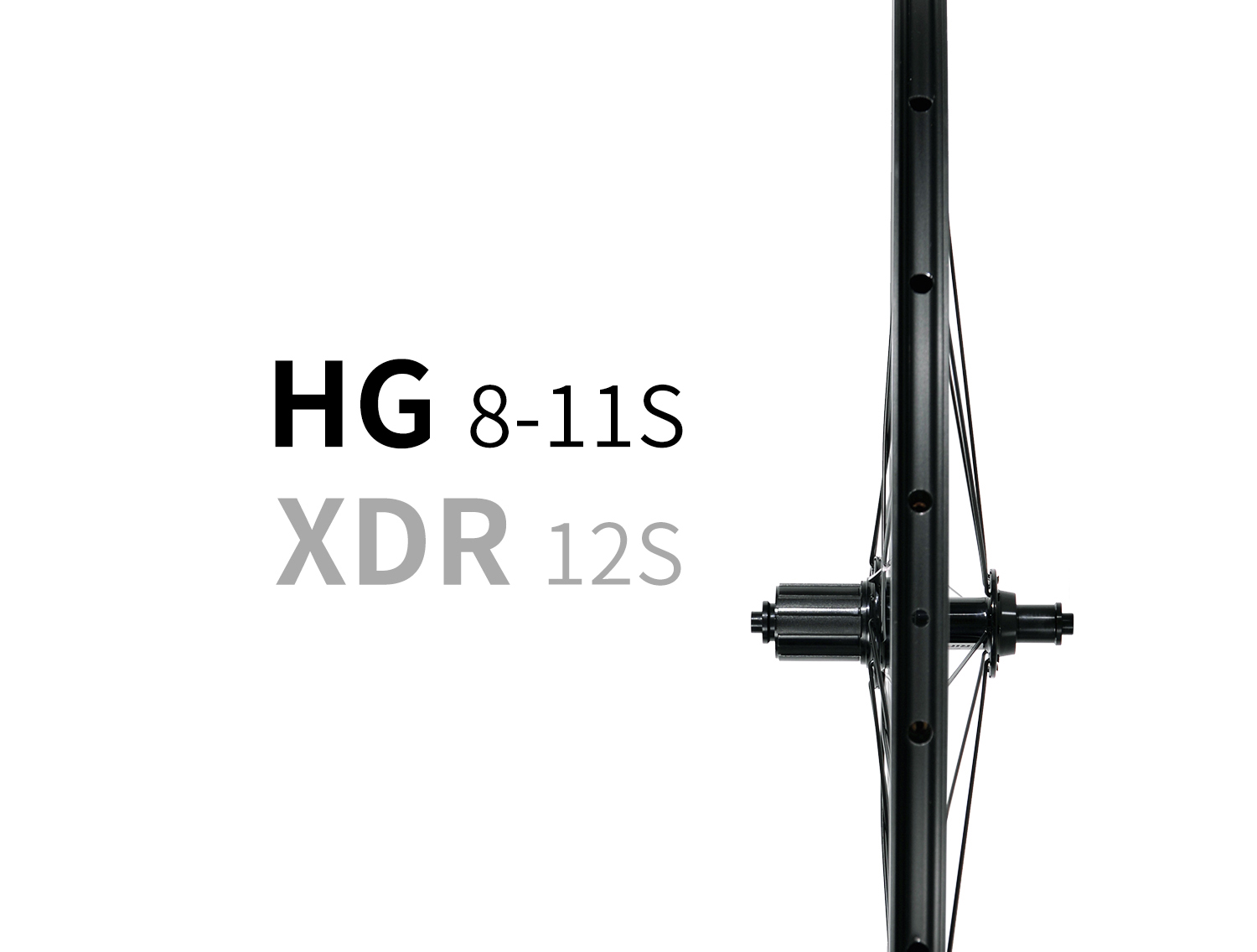
Choosing the right road bike tires means balancing speed, grip, and durability. If you're looking for high-performance road wheels, check out the latest options at Trifox Bike and take your cycling to the next level!
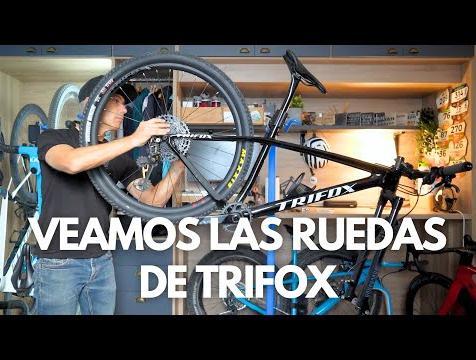
When it comes to mountain biking, your tires can make or break your ride. That’s why many off-road enthusiasts are making the switch to MTB tubeless tires. These tires offer superior performance, better traction, and fewer flats compared to traditional tube setups, making them the ultimate choice for tackling rough terrains.
Why Choose Tubeless Tires for MTB?
1. Flat Prevention – One of the biggest advantages of tubeless tires is their ability to resist punctures. Without an inner tube, there’s no risk of pinch flats, which occur when the tube gets pinched between the tire and the rim. Instead, tubeless tires use sealant that automatically fills small punctures, keeping you riding without interruptions.
2. Lower Tire Pressure for Better Grip – Tubeless setups allow you to run lower air pressure without the risk of pinch flats. Lower pressure means more tire contact with the ground, resulting in better traction and improved control on technical trails.
3. Lighter Weight – By eliminating the inner tube, tubeless tires reduce rotational weight. This leads to better acceleration and efficiency, helping you ride faster with less effort.
How to Set Up Tubeless Tires
Setting up tubeless tires requires a tubeless-ready rim, tubeless-compatible tires, sealant, and a tubeless valve. Here’s a quick guide:
- Prep the Rim: Ensure your rim is clean and apply tubeless tape to create an airtight seal.
- Install the Valve: Insert a tubeless valve into the rim’s valve hole and tighten it securely.
- Mount the Tire: Carefully fit the tubeless tire onto the rim, ensuring both sides are seated properly.
- Add Sealant & Inflate: Pour sealant inside the tire, then use a high-pressure pump or compressor to seat the tire onto the rim.
Once set up, you'll enjoy a smoother, faster, and more durable ride on even the most challenging trails.

Explore MTB tubeless tires now at Trifox Bike and upgrade your off-road performance today!
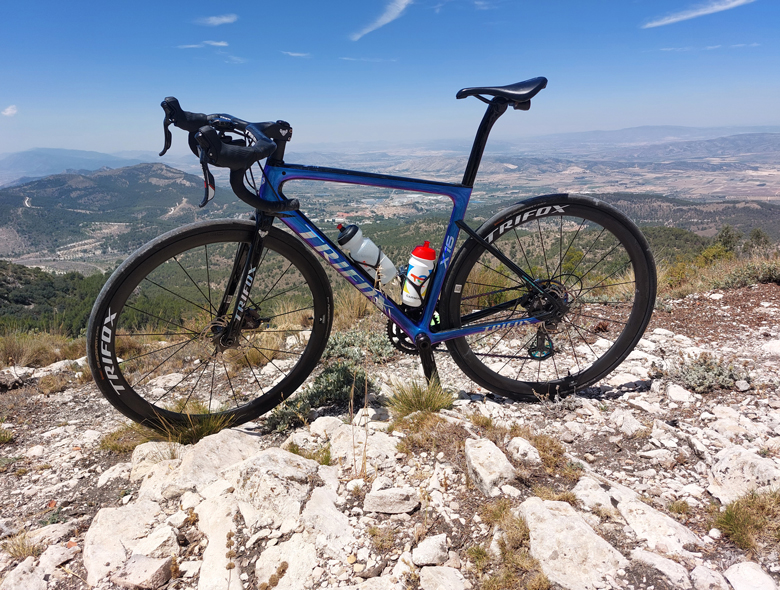
When it comes to mountain biking, having the right wheels can make all the difference. While high-end wheels often come with a hefty price tag, you don't have to break the bank to get a set that delivers excellent performance on the trails. The Trifox MTB Wheels offer a great balance of affordability, durability, and performance, making them the perfect choice for riders on a budget who still demand quality.
Why Wheel Quality Matters
Wheels are one of the most crucial components of any mountain bike. They determine how well your bike handles different terrains, how quickly you accelerate, and how smoothly you glide over rough ground. Lightweight and strong wheels are essential for optimal performance, especially when navigating rocky trails or steep descents. But finding a quality set that won’t drain your wallet is often a challenge.
Budget-Friendly Without Compromise
Trifox has made it their mission to offer budget MTB wheels that don’t skimp on quality. Designed with riders in mind, these wheels offer durability, lightness, and responsiveness at an affordable price. Whether you’re just starting out or looking to upgrade your current setup without spending a fortune, Trifox has several options that won’t disappoint.
The Trifox T22 MTB Wheels are an excellent choice for those who want a reliable and versatile wheelset that performs well across various terrains. Made with aluminum rims and designed to be strong yet lightweight, they offer great stiffness and control, allowing you to tackle everything from technical trails to downhill sections. The tubeless-ready design helps reduce weight and improve traction, providing a smoother and faster ride while keeping punctures at bay. These wheels are a solid option for riders who prioritize durability but want to keep costs down.
For those who want a more performance-oriented wheelset without splurging on high-end carbon options, the Trifox T24 Carbon MTB Wheels offer the perfect compromise. The carbon fiber rims provide the strength and stiffness necessary for aggressive riding, while their lightweight design enhances acceleration and climbing ability. These wheels are also tubeless-ready, ensuring better traction and reduced rolling resistance. The T24 wheels offer incredible value for riders who want the benefits of carbon at a budget-friendly price.
If you're on a tight budget but still want wheels that can handle rough terrain, the Trifox T26 MTB Wheels are an excellent choice. These wheels come with strong aluminum rims that offer excellent durability without sacrificing too much weight. The double-wall construction ensures added strength and protection against impact, making them perfect for trail riders who often find themselves riding over rocks, roots, and other obstacles. They also feature sealed hubs, which reduce maintenance and provide smooth, reliable performance in various conditions.
What to Look for in Budget MTB Wheels
When choosing budget-friendly MTB wheels, there are a few important factors to keep in mind to ensure you're getting the best value for your money:
Durability: Budget wheels need to be able to withstand the wear and tear of rough trails. Look for wheels with reinforced rims, solid spokes, and sealed hubs.
Weight: Lighter wheels improve acceleration and reduce fatigue, but they need to be durable as well. Aim for a balance of lightness and strength.
Tubeless Compatibility: Tubeless-ready wheels offer numerous benefits, including reduced rolling resistance, better grip, and fewer flats. Look for wheels that are compatible with tubeless tires for added performance.
Hub Quality: The hub is the heart of your wheelset, so it’s important to choose wheels with reliable, smooth-rolling hubs. Sealed hubs are a good option, as they require less maintenance and offer better protection from dirt and moisture.
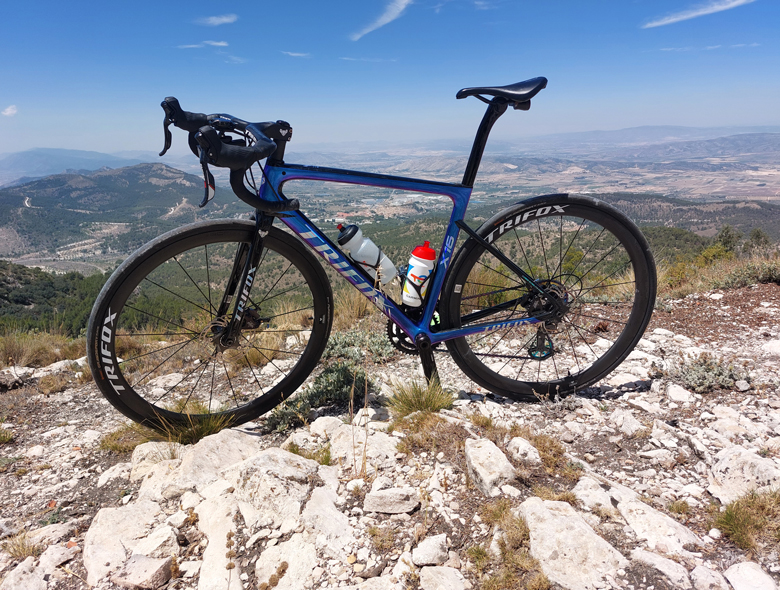
Final Thoughts
You don't have to spend a fortune to upgrade your mountain bike wheels. Trifox offers several excellent budget-friendly MTB wheelsets that deliver impressive performance on the trails. Whether you’re a beginner looking to improve your bike’s handling or an experienced rider seeking a cost-effective upgrade, Trifox MTB wheels are a great option. With the right combination of durability, performance, and value, you can ride confidently without breaking the bank. Ready to hit the trails with new wheels? Trifox has you covered.

When it comes to upgrading your bicycle, few components make as significant an impact as your wheels. Among the most popular options, alloy series wheels have become a go-to choice for cyclists seeking a balance of performance, durability, and value. Whether you're an amateur rider, a seasoned racer, or someone who enjoys long rides on varied terrains, alloy wheels can elevate your cycling experience.
1. Durability and Strength
One of the main reasons cyclists opt for alloy wheels is their impressive durability. Alloy wheels are made from a blend of metals such as aluminum, which is known for its strength-to-weight ratio. These wheels are designed to withstand the wear and tear of regular riding, from the bumps of rough terrain to the pressure of high-speed rides. Compared to traditional steel wheels, alloy wheels are significantly lighter and more resistant to corrosion, meaning they'll last longer and maintain their integrity even in harsh conditions.
Whether you’re riding on rugged mountain trails or navigating urban streets, alloy wheels provide the strength you need without adding excessive weight to your bike. This durability makes them ideal for riders who want reliable performance without constantly worrying about replacing or repairing their wheels.
2. Lightweight for Better Performance
Weight is a critical factor when it comes to cycling performance. Alloy wheels are lighter than their steel counterparts, which translates into a better ride quality. When your wheels weigh less, it takes less energy to accelerate and maintain speed, improving your overall efficiency. This is particularly noticeable in competitive cycling, where every ounce counts. The reduced weight also enhances maneuverability, allowing you to navigate corners and obstacles with ease.
Cyclists who participate in road cycling, mountain biking, or triathlons can greatly benefit from alloy wheels’ lightweight properties. They help improve both speed and handling, contributing to a smoother and faster ride.
3. Affordability Without Sacrificing Quality
Another major benefit of alloy series wheels is the affordability they offer. While high-end carbon fiber wheels can provide excellent performance, they often come with a hefty price tag. Alloy wheels, on the other hand, deliver comparable benefits in terms of strength, durability, and performance at a much more reasonable price.
For recreational cyclists or those just getting started in the sport, alloy wheels offer an accessible yet high-performance option. They provide exceptional value for the money, allowing cyclists to enjoy a significant upgrade to their bike without breaking the bank.
4. Versatility for Various Riding Conditions
Alloy wheels are versatile and suitable for a wide range of cycling disciplines. From mountain biking to road cycling, alloy wheels can be customized to suit your needs. Whether you're tackling rough terrain with a fat-tire mountain bike or cruising on a lightweight road bike, alloy wheels are designed to handle it all.
Manufacturers like Trifox offer alloy wheels that are tailored to specific types of riding, ensuring that you get the best performance for your style. For instance, you can find alloy wheels designed for aerodynamics, as well as models made for shock absorption in off-road conditions. This versatility makes alloy wheels an attractive option for cyclists who enjoy exploring different types of riding.
5. Improved Braking Performance
Alloy wheels are also known for their ability to improve braking performance, especially when paired with quality brake pads. Their strong structure and smooth surface make it easier for the pads to grip, leading to more responsive and effective braking. This is an important factor for cyclists who ride at high speeds or in challenging conditions, where precise braking can be the difference between safety and danger.
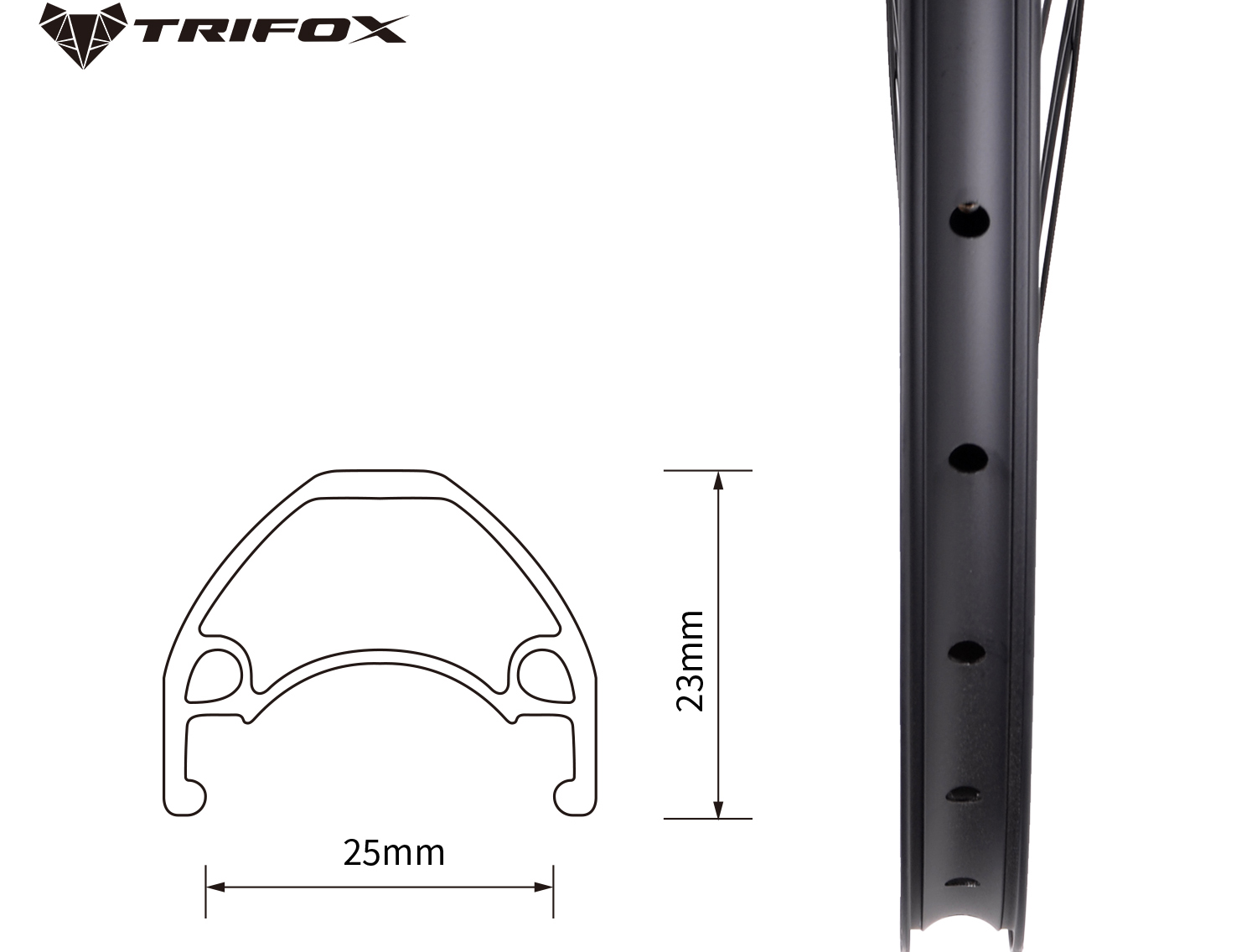
In summary, alloy series wheels offer a combination of durability, performance, lightweight design, and affordability that makes them a fantastic choice for cyclists of all levels. Whether you're looking for an upgrade to your current ride or building a new bike from scratch, alloy wheels are a reliable and cost-effective solution that enhances your cycling experience. So, if you're considering a new set of wheels for your bike, alloy wheels might just be the perfect fit.
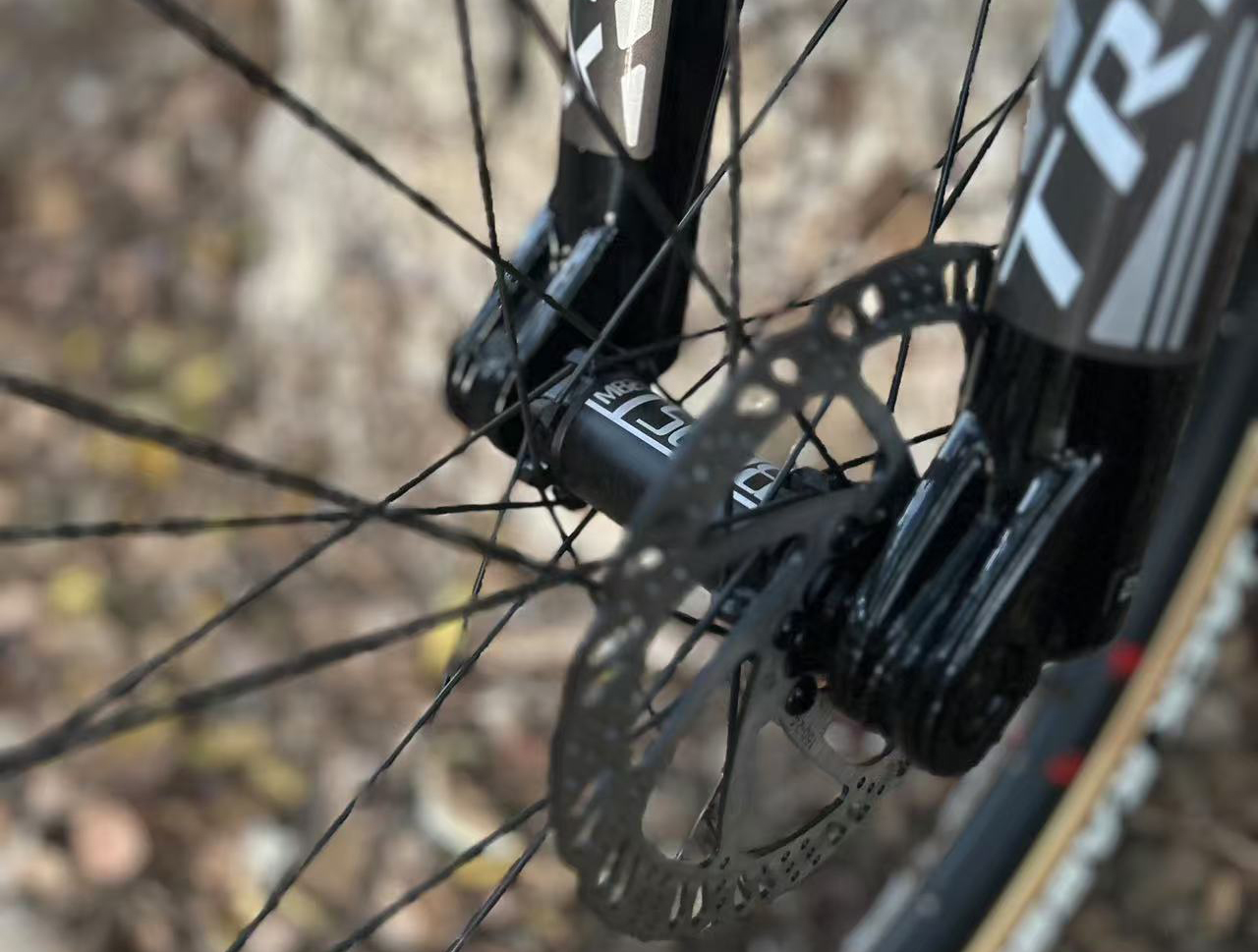
Bicycle wheels are fundamental to both the efficiency and performance of a bike. Understanding the essential components that make up a bicycle wheel can help ensure better maintenance and upgrades, leading to a more enjoyable ride. Let's delve into the key wheel parts and explore how Trifox Bike offers affordable, high-quality options for these components.
Hubs: The Heart of the Wheel
Hubs are the central part of the wheel that connects to the bike frame via the axle. They house the bearings that allow the wheel to spin smoothly. High-quality hubs, like those offered by Trifox Bike, such as the Bike Hub M827, are crucial for reducing friction and improving ride efficiency. Choosing a robust hub ensures durability and consistent performance, particularly for rough terrains or competitive riding.
Axles: The Wheel's Backbone
Axles run through the hubs and connect the wheels to the frame, supporting the bike's weight and enabling the wheels to rotate. Different types of axles, such as thru-axles and skewers, have unique benefits. Thru-axles, like the Rear Thru Axle Skewer ATS100 from Trifox, provide greater stiffness and security, essential for mountain biking and disc brake setups. Ensuring the right axle choice is crucial for maintaining bike stability and alignment.
Freehub Bodies: Power Transfer Agents
A freehub body is part of the rear hub, allowing the bike to coast while also housing the cassette. It is responsible for transferring pedal power to the wheel, making it a key component for performance. Trifox's Freehub For M827 exemplifies a high-quality freehub that ensures efficient power transfer and reliable engagement. Investing in a durable freehub body enhances your bike's responsiveness and longevity.
End Caps & Conversion Kits: Adaptability and Customization
End caps and conversion kits are small yet vital components that allow for hub customization and compatibility with different frame standards. These parts, such as the Hub End Cap Adapter CG827 from Trifox, enable cyclists to adapt their wheels to varying axle sizes or hub types. This flexibility is crucial for those upgrading their bikes or switching between different riding styles.
Benefits of Choosing High-Quality Wheel Parts
Opting for high-quality wheel parts can significantly impact your bike's performance and maintenance needs. Quality components reduce the likelihood of breakdowns, provide smoother rides, and often come with better warranties. Trifox Bike offers a range of wheel parts that combine affordability with top-notch quality, making premium cycling experiences accessible to all.
Tips for Purchasing Wheel Parts
1. Compatibility: Ensure the parts are compatible with your existing bike setup. Check specifications like axle size and hub type.
2. Material and Build: Look for parts made from durable materials that can withstand frequent use and varied conditions.
3. Reviews and Reputation: Research customer reviews to gauge the reliability and performance of the parts.
4. Warranty and Support: Choose parts from manufacturers that offer solid warranties and reliable customer support for peace of mind.
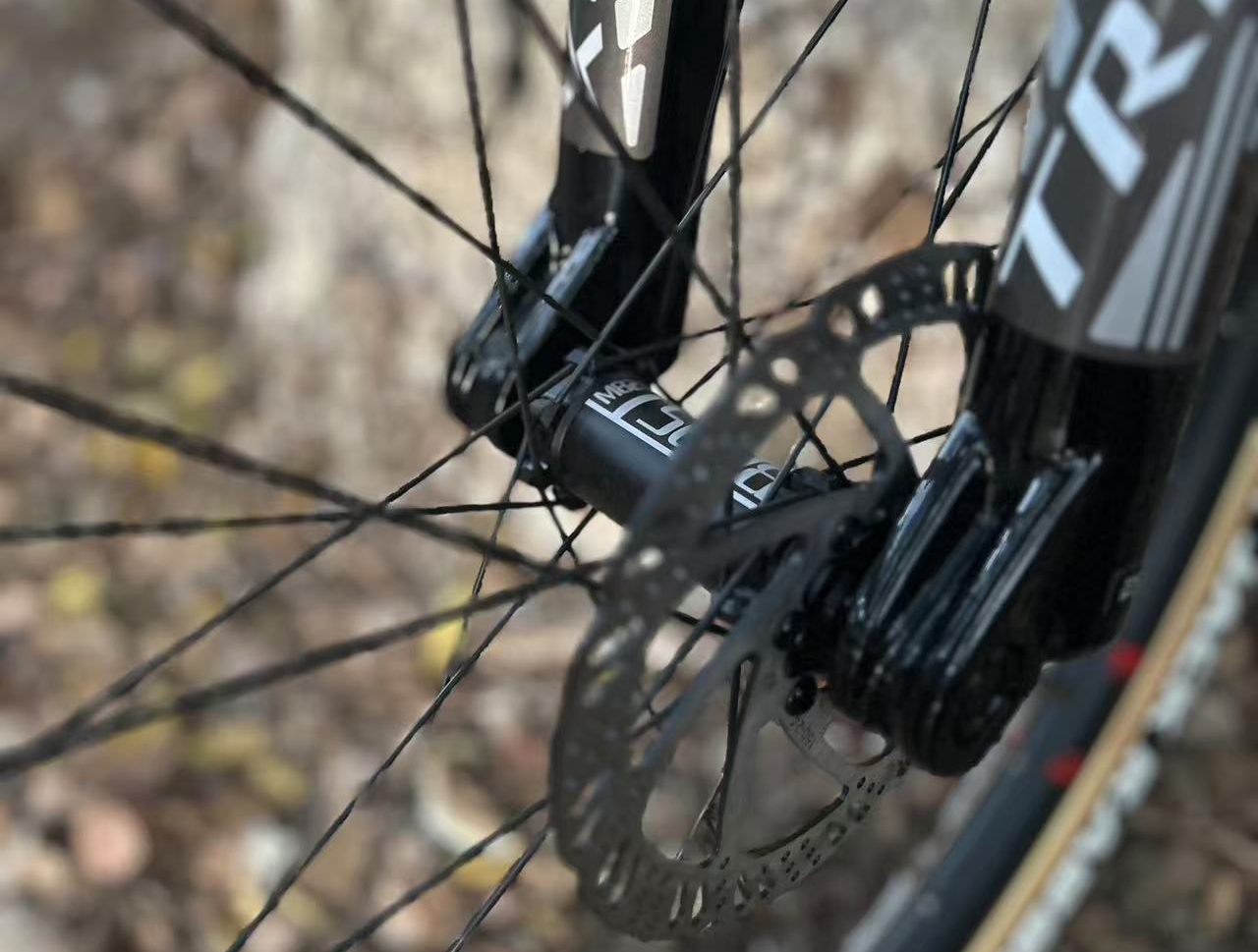
Conclusion
Understanding the essential parts of a bicycle wheel—hubs, axles, freehub bodies, and end caps—can empower cyclists to make informed decisions about maintenance and upgrades. Trifox Bike stands out as a reliable source for high-quality, affordable wheel parts, ensuring that every ride is smooth, efficient, and enjoyable. By focusing on compatibility, material quality, and manufacturer support, you can enhance your cycling experience with confidence.
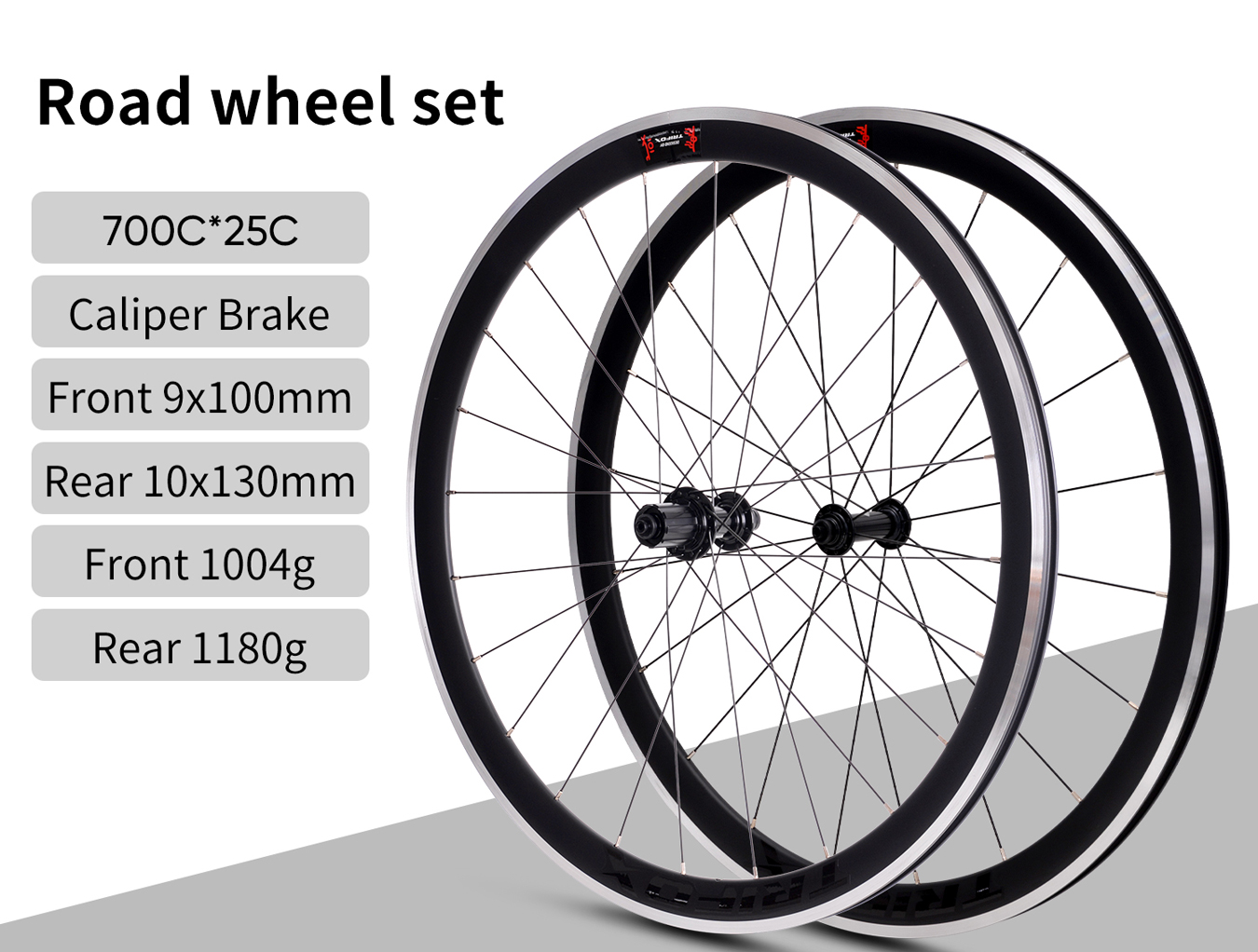
Cycling enthusiasts know that upgrading to a set of high-quality wheels can make a significant difference in performance and ride quality. Whether you're racing or simply seeking a smoother ride, carbon road bike wheels offer unparalleled benefits. But where can you find the best place to buy these wheels without breaking the bank? Look no further than Trifox Bike.
The Appeal of Carbon Road Bike Wheels
Carbon fiber wheels are prized for their lightweight structure and aerodynamic design, which help reduce drag and increase speed. Their material properties provide exceptional rigidity, allowing for precise handling and improved power transfer during climbs and sprints. Additionally, carbon wheels absorb vibrations better than their alloy counterparts, ensuring a more comfortable ride over long distances.
Why Choose Trifox Bike for Your Wheel Upgrade?
Trifox Bike is a standout choice for those seeking affordable yet high-quality carbon road bike wheels. As a prominent Chinese manufacturer, Trifox offers a range of wheelsets that cater to different cycling needs:
1. Diverse Options: Trifox provides carbon road wheels suitable for both disc brake and V brake systems. Whether you're upgrading a racing bike or a touring setup, their selection ensures compatibility with your existing gear.
2. Competitive Pricing: With discounts reaching up to 46%, Trifox Bike makes carbon wheels more accessible. For instance, the Carbon Road Bike Wheels WT18 is available for $429, down from $799, offering substantial savings.
3. Quality and Reliability: Reviews from satisfied customers highlight the durability and performance of Trifox wheels. Constructed with precision and tested for quality, these wheels promise to deliver on both performance and longevity.
4. Customer Support and Convenience: Trifox provides free shipping on orders over $50, ensuring your new wheels arrive quickly and without extra cost. Their 24/7 live chat support is available to address any inquiries or issues, enhancing the buying experience.
What to Look for When Buying Bike Wheels
When selecting the perfect set of wheels, consider the following factors to ensure you're getting the best value:
- Weight: Lighter wheels can significantly enhance acceleration and climbing efficiency. Consider the weight of the wheelset in relation to your cycling goals.
- Brake Compatibility: Ensure the wheelset is compatible with your bike's braking system, whether it's disc or V brakes.
- Aerodynamics: For those focused on speed, wheels with a deep rim profile can reduce air resistance and improve performance.
- Durability: Check reviews and specifications to confirm that the wheels can withstand your typical riding conditions, whether it's smooth tarmac or rougher paths.
- Warranty and Support: A solid warranty and responsive customer support are crucial for peace of mind, especially when investing in premium components.
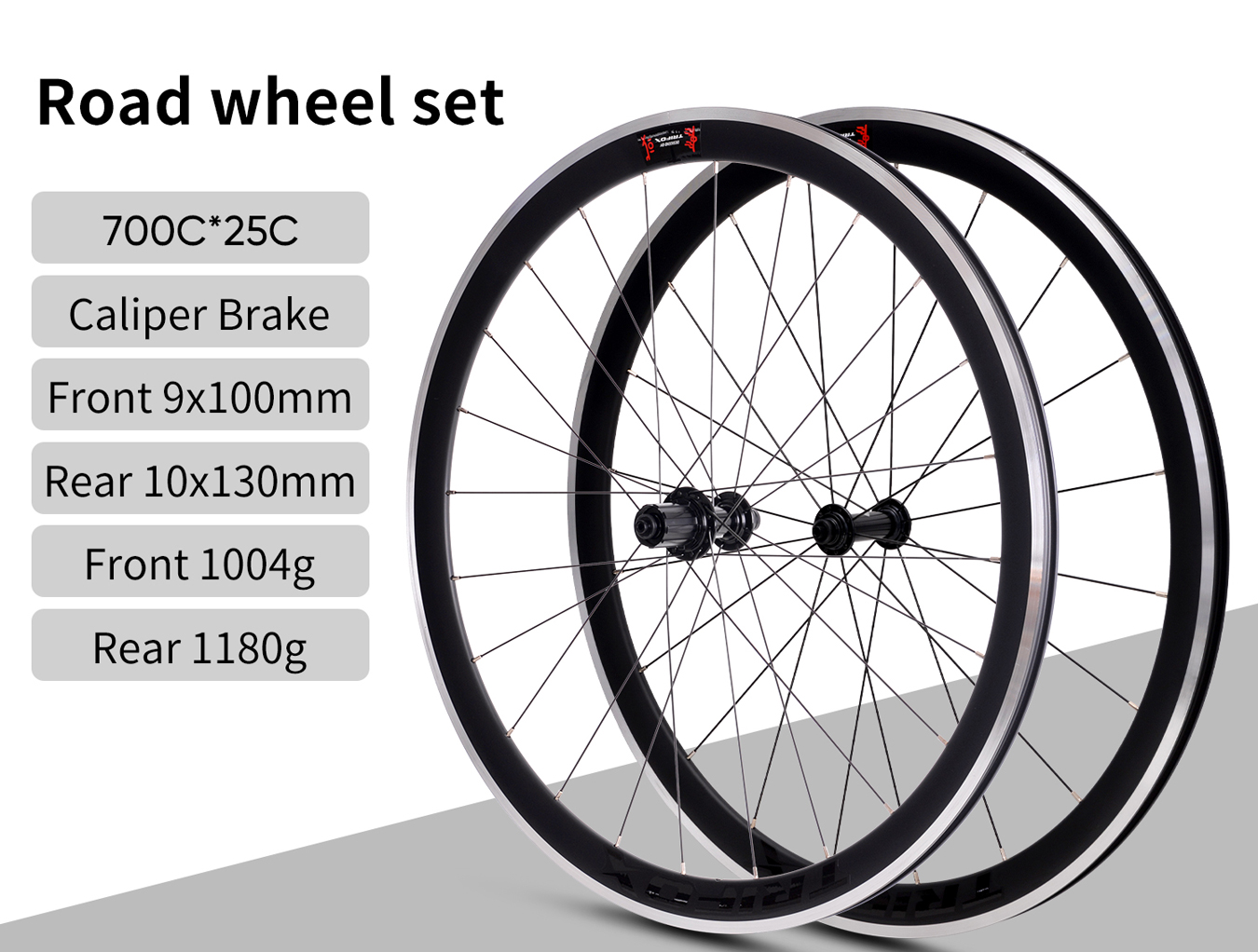
Conclusion
Finding the best place to buy bike wheels involves balancing quality, performance, and cost. Trifox Bike provides an excellent solution for cyclists looking to upgrade their road bike wheels without overspending. By focusing on essential features like weight, brake compatibility, and customer reviews, you can confidently select a wheelset that enhances your cycling experience. Whether you're a competitive racer or a weekend rider, Trifox Bike offers a compelling combination of affordability and quality that's hard to beat.

























































